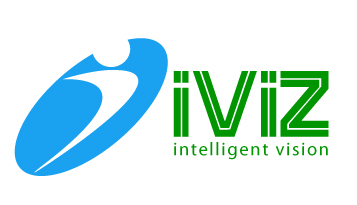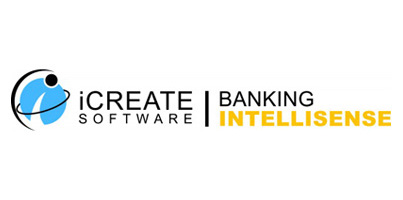 I believe one of the best ways to learn marketing and business in general is to learn from other people’s successes. And in a bid to do that, I am going to bring to you interviews of Indian startups that have taken their products to the world. We will talk about how they got the initial buzz going, where they got their first set of customers from, how did they scale that up, what marketing metrics they measured, the mediums they used, the stories they went to press with, the biggest mistakes they made, how they handled criticism and more.
I believe one of the best ways to learn marketing and business in general is to learn from other people’s successes. And in a bid to do that, I am going to bring to you interviews of Indian startups that have taken their products to the world. We will talk about how they got the initial buzz going, where they got their first set of customers from, how did they scale that up, what marketing metrics they measured, the mediums they used, the stories they went to press with, the biggest mistakes they made, how they handled criticism and more.
Here I am in conversation with Avlesh Singh, co-founder and CEO of Webklipper, the company behind WebEngage. WebEngage is a powerful customer engagement suite for your website that lets you collect feedback, gather customer insights and ultimately drive sales and conversions. They have gone from nothing to 7,000 customers (both free and paid) in less than 15 months and have done it all with a very lean team. Let’s get started.
What does WebEngage do? How does it help websites engage their visitors better?
Avlesh: WebEngage is an in-site marketing toolkit for online businesses. We help companies improves sales/conversions and help them collect awesome insights from their customers. All in real-time.
Using our Notifications, companies run targeted promotions by offering discounts and value adds to people “most likely” to purchase. Surveys on the other hand help customers collect insights to measure customer satisfaction and do lead generation on their site. And our Feedback product is the world’s simplest customer support tool that gets you up and running with a no-frills support channel on your website in less than a minute.
So who do you pitch your products to in a company? Marketing?
Our primary audience is Marketing and Product Management. They see the most value in this tool.
What’s your pitch to them?
Simple. In this order:
- Ever walked into an offline store? How often did the salesmen try to educate you or nudge you into buying something? We let you do something similar; ah, for your online store!
- Not sold yet? Okay, your marketers can run in-site campaigns without changing any code on the site; without seeking any developer or IT help. Oh yes. This is true. And these are truly rich messages with dynamic targeting capabilities. Care about user insights on your product or catalog? Care about user feedback?
- Not sold yet? Okay, see who uses our products. Also see some live demos on these sites.
- Not sold yet? Okay, take a live demo.
- Not sold yet? Here’s the website and our blog. Look forward to work with you. Bye.
Let’s back up a bit here. Tell me how you got the initial buzz going for your product? What part of it were you able to convert to real paying customers? Where did you get your first customer (or first set of customers) from?
We were in private beta for 5 months. Forget paying customers, we had a tough time finding the bigger guys to use our product. We focused a lot on education through content on our website and blog, answered direct question on Quora etc. Our live demo feature went viral and a lot of developers came out of curiosity to the site to find out how that thing worked. Here’s a sample of how curious developers got 
From free to paid, it was a three month journey. We went live in Oct 2011 and it took as good 2 months to get our first set of paying customers. We reached out to our beta users announcing the paid plans and features that would come along with it. Some tried out but never paid; a few took the big leap of faith and became our first set of paid customers – Art.com, Park-n-Fly, MobileDevelopmentIntelligence, Cleartrip, Justeat, Makemytrip etc to name a few.
75% of our customer base (free and paid) is outside India. That is how it was to begin with, too. With most Indian customers, early on, we had to go for F2F demos and explain the product in-depth for them to take the plunge.
Did the marketing start as you were developing the product or only after it?
It almost went hand-in-hand. So far, we have only done content marketing. And we have been done a fair job. Our plan is to do 100x better with content.
Did you have a marketing plan in place? Did you have numbers, like say, I would be able to get 100 signups if I do this and this and this? How much of that worked out?
No, we never had that. And it’s difficult for our category because customers are not “looking” for a push messaging tool on Google. We are trying to “create” a market and content is the only predictable way to go about it. This is definitely not true for customer support tools as they can direct their marketing spends on Google because too many people look for such tools everyday.
Also I see you have a Powered by WebEngage link in your surveys and feedback? Is that like a major marketing channel for you? What kind of traffic and conversions does it bring in?
It is the biggest source of inbound leads for us. Over 40% of our sign-ups happen from those logos in the three products. It is also a blessing in disguise because over a period of time we have started commanding huge premium from our enterprise customers who would otherwise want to get rid of those logos on their sites. We end up losing a lot of visibility but then get paid well for it too.
What other marketing channels have you used? What has been the most effective for you? How do you go about figuring which marketing channel will work for you?
We tried display ads. We tried paid app directory listings. We tried outsourced sales and marketing arms in the US. None of these worked very well from customer acquisition viewpoint. Content continues to rule our marketing plans. We are spending a lot of time and money now on building great quality content – videos, how-tos, galleries, use-cases etc. In the next month or two, you’ll see a lot of stuff on this front. We plan to do display advertising too, but with some corrections by incorporating learnings from our previous experiences.
As WebEngage grew, how have you scaled up your marketing?
In our case, we focused a lot on support. We used to (and still do) take calls at 2 in the night, pretty much everyday. We have managed to do this with great success. Happy customers are the best marketers. We got a lot of referrals from them. Most of our marketing efforts are around content creation. And so far, we have managed to do it in-house. We haven’t spent too many ad dollars.
How do you measure the success of your marketing? Compare them to historical data, industry benchmarks or…? And by marketing I don’t just mean paid campaigns, even a new website, new onboarding emails or anything on those lines.
We measure it based on conversions. Be it paid marketing or content, we have always believed in creating a workflow to measure and track conversions. Free tier sign-ups through paid marketing don’t work for us. That’s the reason we don’t spend ad-dollars. Content gives us a low cost channel of customer acquisition which we can further up-sell/cross-sell to. That’s one area we are trying to improve upon.
For our website, blog, video etc, we measure the success by amount of time spent on each of these. Customers on an average spend over 7 minutes on the site. It used to be less than a minute 6 months ago. In any SaaS business, customers want to read a lot and be sure that they want to pay before choosing to do so. Content helps in decision-making.
How do you keep a visitor engaged right from the first time he hits your website to him becoming a customer? How does your tool itself help with this?
We eat our own dog food. Spend a minute on our pricing page and you’ll come to know  . Take a look here – http://blog.webengage.com/2012/11/24/how-we-eat-our-own-dog-food-at-webengage/
. Take a look here – http://blog.webengage.com/2012/11/24/how-we-eat-our-own-dog-food-at-webengage/
Plus our live demo feature keeps users busy and educates them very well on what we do; it generates a lot of leads for us too.
What are the top 2-3 insights you got using WebEngage that you wouldn’t have got otherwise?
Here, in this order:
- The amount of time and effort needed to sell a $100/month product is the same as $1000/month product. I’d rather channelize my efforts into finding high ticket size deals than smaller ones; I used to think otherwise until an year ago.
- There is no better marketing tool than a bunch of happy customers. Some of our biggest enterprise deals have been through warm intros by such customers. How did we keep them happy? Beautiful product and proactive support; I undervalued the importance of latter until an year ago.
What are some of the biggest mistakes you have made on the marketing side of things?
We “outsourced” our sales/marketing to a sales-on-demand team in the US. I won’t name them. We spent crazy money in “retainer” fees and had 0 conversions by the end of pilot. Their so called “smart team” had no clue of what we were building, even towards the end of the pilot.
What marketing numbers do you measure? How often?
Money spent. Number of conversions – free and paid. Every month.
Let’s talk pricing. How did you get to the $15-$99/month model you have? Is that the price you started off with as well?
Mostly by talking to customers on how much are they willing to pay. Yes, this is our original pricing. But, we have made a lot of tweaks to the features being offered in each of these plans.
What tools and systems do you use?
Our own for tool for in-site marketing. And Adwords. Nothing major apart from that.
Your new website is a massive improvement over the old one. How has it increased your conversions? What objectives did you have in mind going into the new website?
Oh yes. We had only one objective, have people spend more time on the site and “see” what we do. Everywhere you go to, there are links to see our products in action. That was the only way to educate people on what we do. Take a look at this page – webengage.com/how-it-works
What advice do you have for startups planning to do an overhaul of their website?
Only one – decide what you want from it. Sign-ups, Conversions, Branding, Education … You can’t design a site to do all of the above. That’s the area we generally go wrong. Designing it with one objective always helps.
What kind of community do you have around your products?
None, yet. We want to build one.
What about partnerships and integrations?
We have focused a lot on integrations. Take a look here – webengage.com/integrate-with/your-website. This has worked out very well, because all of a sudden, customers start discovering you on new platforms. They would have otherwise not even known about us. We continue to focus on this. Second, we are building robust API’s with a larger goal of involving developers in building some intriguing applications on top of WebEngage. First cut here – docs.webengage.com
We have just started exploring partnership opportunities. Too early to comment.
What about your personal brand? How have you used that to increase the visibility of your products?
Yes, I am a classified spammer in the virtual and real world who leaves no stone unturned when it comes to promoting my product. Too bad, I know.
What do you think is an ideal marketing team for a tech startup?
I keep saying this – initial selling and marketing has to be done in-house and preferably by the founders themselves. If you, as a founder, cannot sell your product, no sales guy can. It is that simple. But its tough to understand as well, because I see most founders in tech companies get uncomfortable upon hearing this.
With 6700+ customers, you have been very successful in taking your products to the world. What advice do you have for other Indian startups who are looking to take their products to the world at large?
See, how fast things are changing. That number is now 7100+, both free and paid 
Here, in this order:
- Build a good product. Great brands were not built by advertising or marketing.
- Make sure there’s zero human touch in the product. Customers outside India don’t like getting stuck in a workflow that needs human intervention.
- Selling and marketing is a D-I-Y job until you reach significant scale.
- Network with right people. Don’t shy away from seeking help or intros.
- Have a good website. There’s no alternative.
Educational content and live demos definitely go a long way with marketing a product that customers are not looking for. Thanks Avlesh for the great insights.
Dear readers, if you have any follow up questions for Avlesh, please leave them in the comments below. He’s a busy man but I will get him to answer them 
This article was originally published on Sanket Nadhani’s blog Poke and Bite
 We are pleased to announce the first Playbook RoundTable for Product Entrepreneurs around Messaging & Positioning. A strong, differentiated & memorable product messaging is essential in creating traction for your product. Effective product messaging speaks directly in the langauage of your target audience. This Playbook Roundtable is brought to you by iSPIRT. One of the initiatives of iSPIRT is to convert conversations into playbooks for product entrepreneurs.
We are pleased to announce the first Playbook RoundTable for Product Entrepreneurs around Messaging & Positioning. A strong, differentiated & memorable product messaging is essential in creating traction for your product. Effective product messaging speaks directly in the langauage of your target audience. This Playbook Roundtable is brought to you by iSPIRT. One of the initiatives of iSPIRT is to convert conversations into playbooks for product entrepreneurs.





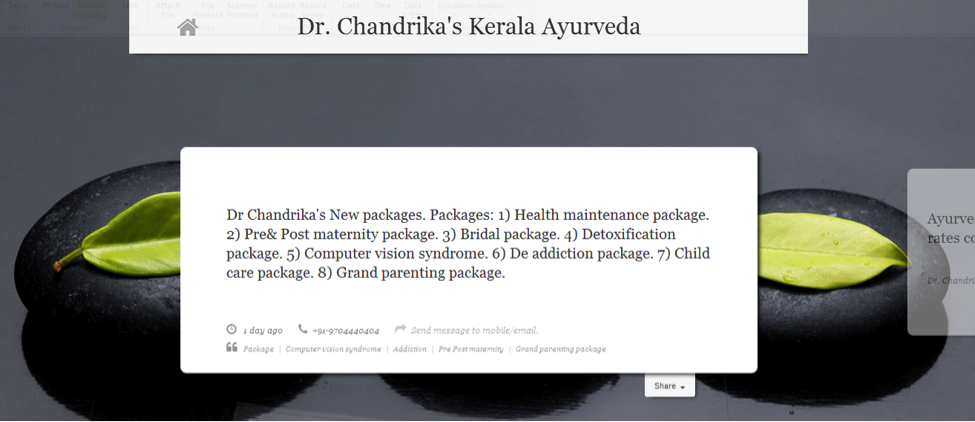
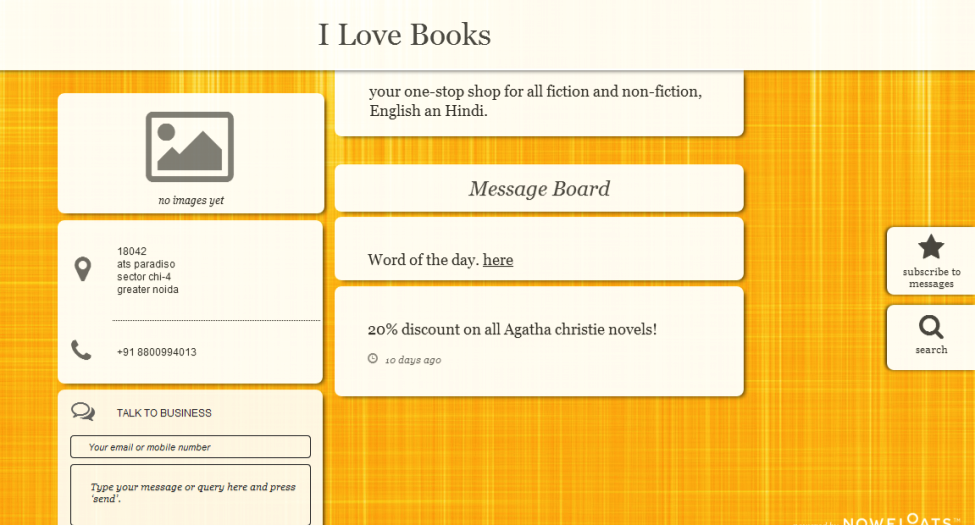




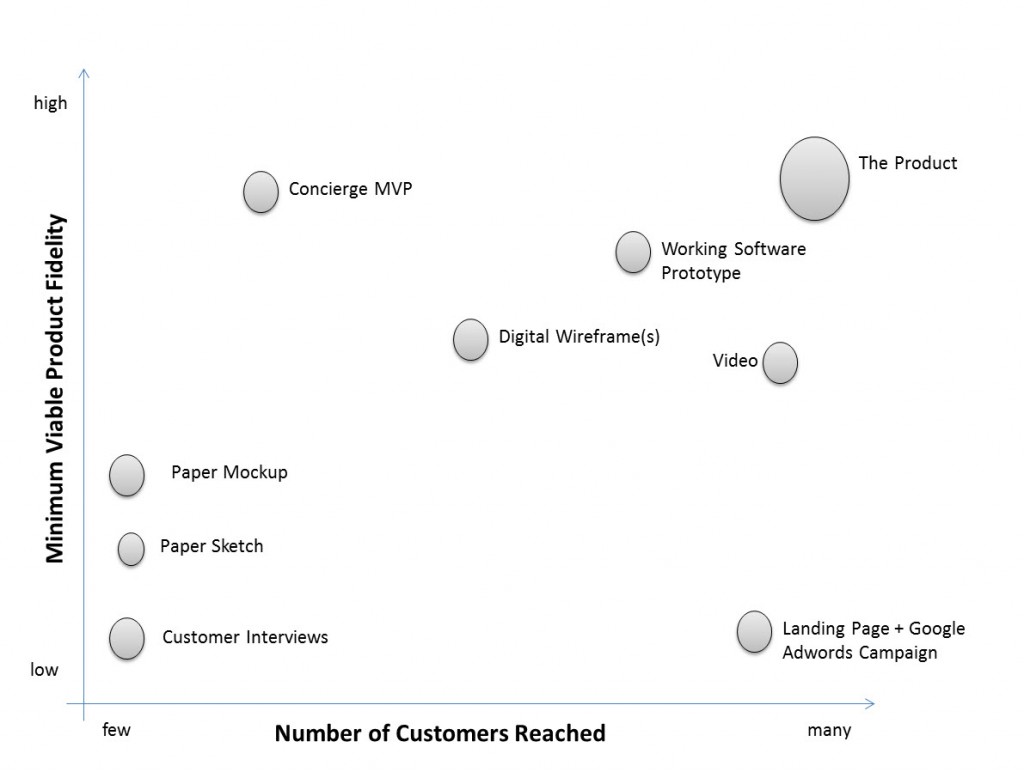





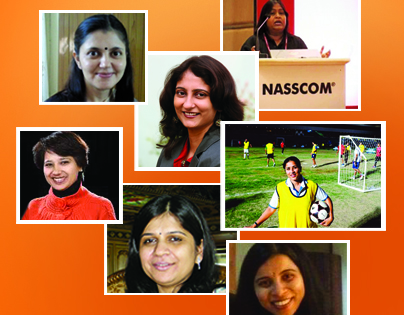
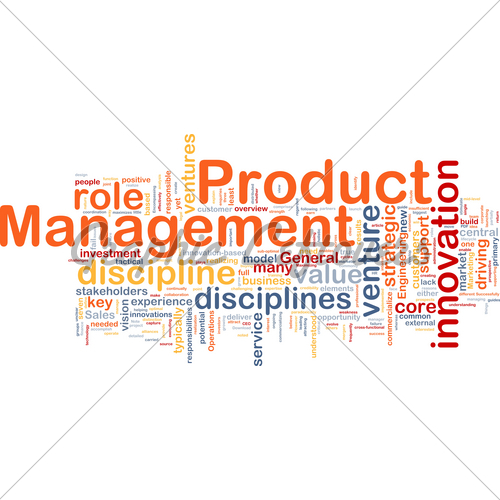

 One of my favorite examples is Dabangg, the Salman Khan starrer in the year of 2010.
One of my favorite examples is Dabangg, the Salman Khan starrer in the year of 2010.

